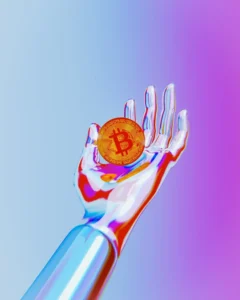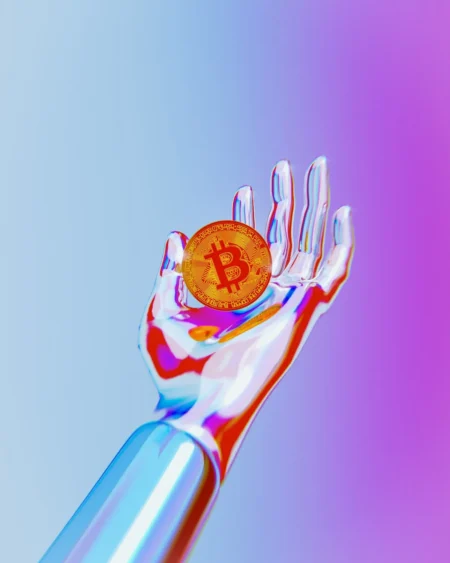PBOC Sets Surprisingly Strong Yuan Midpoint Against the US Dollar
In a significant move today, the People’s Bank of China (PBOC) set the USD/CNY reference rate at 7.0836, stronger than the market estimate of 7.1131. This adjustment suggests a robust stance by China’s central bank in favor of a relatively strong yuan amid fluctuating global currency dynamics and ongoing economic pressures.
Understanding the Reference Rate
The USD/CNY reference rate is the official exchange rate set daily by the People’s Bank of China. This rate is a benchmark for the trading session of the day, allowing the yuan to move plus or minus 2% of this central parity against the US dollar. The setting of this rate is an essential tool in China’s monetary policy, as it helps guide the yuan to a level deemed appropriate by monetary authorities.
Today’s Rate Compared to Market Expectations
Analysts had predicted a weaker reference rate today, around 7.1131, following global economic trends and pressures including concerns about debt levels within China and uncertainties in international trade. Instead, the PBOC’s setting at 7.0836 signals a departure from expected trends, exhibiting a tighter control and an unexpected strengthening of the yuan. This leaves traders and businesses reassessing the economic forecast and PBOC’s future strategies regarding currency management.
Implications of a Stronger Yuan
The decision to set a stronger-than-expected reference rate could have several implications:
Export Competitiveness: A stronger yuan could make Chinese exports more expensive on the international market, potentially affecting sales abroad. However, it also suggests confidence in the domestic economy’s ability to withstand these effects.
Foreign Investment: A stronger currency makes China an attractive prospect for foreign investors as it increases potential returns, adjusted for currency gains.
Inflation Control: By preventing excessive depreciation, the PBOC may also be aiming to counter inflationary pressures, which can be exacerbated by a weaker currency.
- Debt Management: A stronger yuan helps manage the cost of foreign debt repayments, which are cheaper in local currency terms when the yuan is stronger.
Broader Economic Context
Today’s rate setting comes amid broader economic challenges, including recovery trajectories post-pandemic and internal stresses in the financial sectors. China’s real estate sector, in particular, remains a concern with high debt levels amongst major developers. Internationally, tensions concerning trade relationships, especially with the U.S., continue to inject uncertainty into economic forecasts.
Market Reactions and Future Outlook
The immediate reaction to the PBOC’s decision can be seen in the financial markets, where the yuan strengthened against the dollar following the announcement. Going forward, market participants will likely keep a keen eye on U.S-China relations and domestic economic indicators to gauge future moves by the PBOC. Additional factors like the U.S. Federal Reserve’s interest rate decisions and global economic trends will also play critical roles.
Conclusion
The PBOC’s stronger than expected setting of the USD/CNY reference rate is a clear indicator of China’s current economic strategy concerning its currency. By opting for a stronger yuan amidst the tumultuous global economic landscape, China is signaling its intent to uphold currency stability and support economic growth. This move, however, will require careful navigation in terms of trade competitiveness and economic diplomacy.
Last updated on November 7th, 2025 at 01:41 am
🟣 Bpaynews Analysis
This update on PBOC Establishes Todays USD/CNY Reference Rate at 7.0836,… sits inside the Forex News narrative we have been tracking on 2 weeks ago. Our editorial view is that the market will reward projects/sides that can show real user activity and liquidity depth, not only headlines.
For Google/News signals: this piece adds context on why it matters now, how it relates to recent on-chain moves, and what traders should watch in the next 24–72 hours (volume spikes, funding rates, listing/speculation, or regulatory remarks).
Editorial note: Bpaynews republishes and rewrites global crypto/fintech headlines, but every post carries an added value paragraph so it isn’t a 1:1 copy of the source.




